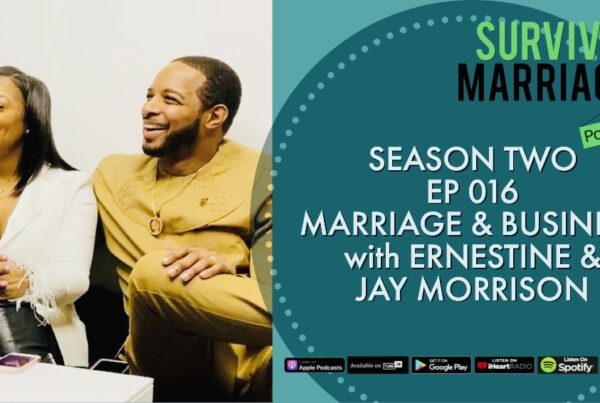
How to Build a Million Dollar Business Without Subordinates
The Basics of How I Built a Seven-Figure Business Without Employees via Entrepreneur Magazine
There is a lot to be said for those rare few that possess the ability to create huge companies with hundreds or thousands of employees that are all just ecstatic to be at work. It is exceptionally difficult and equally as impressive, which is why they end up taking up space on the front page of a major magazine or journal.
Although it appears flashy and glamorous, particularly with the amount of celebrity that todays super entrepreneurs wield, there is a tremendous amount of flexibility that is lost, almost by default, once you pass a certain size. Now, not only am I not one of those few, but I really don’t want to be.
The good news is that my lack of interest in such pursuits hasn’t been a hindrance in building a seven figure-business, in a rather short period of time, with a single co-founder and no employees — which can be operated from anywhere in the world with an Internet connection. As a matter of fact, I’m typing this at a cafe in Copenhagen, Denmark, and will be meandering through Europe for at least the next five weeks — yet sales will continue to grow and the business won’t miss a step. I’m not bragging, just validating.
This model is replicable. Here’s how you can do it:
1. Start simple.
Far too often, smart people come up with great ideas then quickly overbuild them, so when they get to the market, there’s no way to test or understand which parts of the product are working or not. There is a lot to be said for Henry Ford’s concept of initially offering one size and one color of a certain product to be able to understand and gauge the customer response, then iterate and improve your product and processes for selling and servicing it.
Included in this “start simple” strategy is to remove complication that comes from selling your product or service to middlemen. What I mean is, you should avoid, at least at the beginning, from overcomplicating your sales pipeline with wholesale or retail scenarios and instead focus on taking your product direct to the consumer. This will ensure that you control the brand and voice early on, will have a direct communication with your customers for super important feedback and will retain full margin on your sales — allowing you to reinvest and grow faster without taking on the liability of outside funds or debt.
2. Automate early.
Technology is really quite amazing, which is why you must use it to automate everything from the very beginning. You need to build the foundation of your business as if it’s 20 times larger, which can be done for hundreds of dollars per year.
Your automation starts with your sales channels or ecommerce marketplace with solutions such as Shopify, which create a nearly out-of-the box system and will connect to nearly anything. Automation must continue through your marketing and support functions with products such as Facebook video ads, which can work amazingly well and require minimal amounts of oversight.
Finally, Desk or Zendesk automate your inbound-support requests. These are great because you can write “macros” or canned responses for nearly any inbound question, so that as they come in, you can click a single button to respond and resolve the case or inquiry. You can even set macros to auto-respond once you have a handle on the language or keywords for certain requests, which means that you never even see them.
3. Leverage outsourcing.
There are tons of articles written about whether you should outsource certain things. I’ve even written a few, but here we’re focusing on building a business that doesn’t require employees — so we’re going to outsource it all. Let’s start with sales and marketing: at the beginning you’ll be doing everything, which is super important being that you’re the only one that truly understands your business and customer, but there will come a time when you’re too busy to create and manage it all.
This is where the use of PR comes in. Where you used to hire a PR team to get press and publicity, which you still can, you should now hire them to manage and grow your revenue-generating social channels. The team should put together a plan and timeline that makes sense, based on your brand and experience, then execute and allow you to focus elsewhere.
Also look to hire a virtual assistant: this is an employee of another company, such as UAssistMe, that you can remotely contract and train to do any list of tasks, with minimal amounts of required time (starting at five hours per week). This will help to keep your free time free and your employer obligations non-existent.



